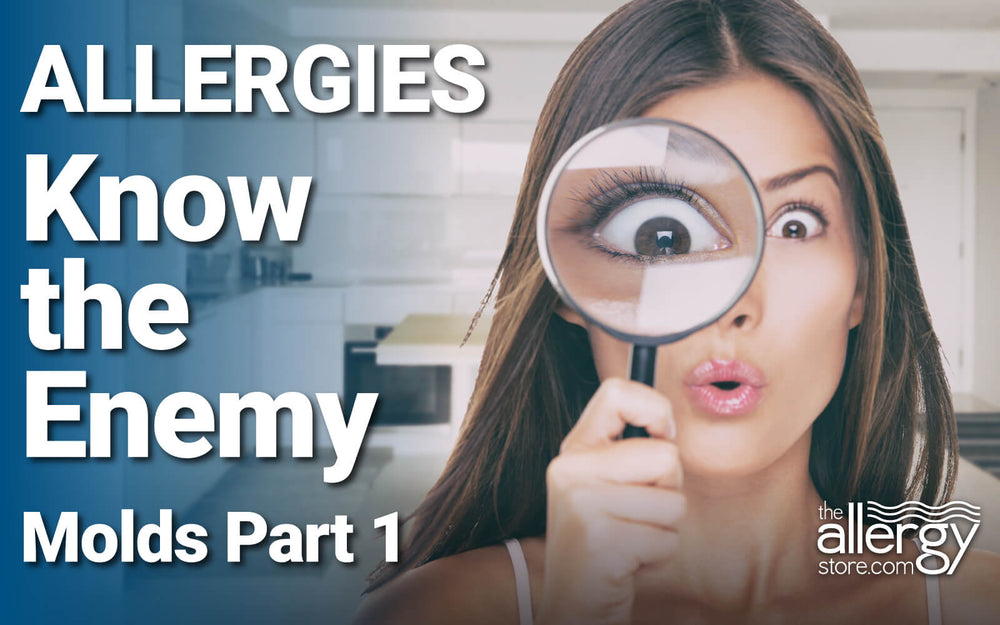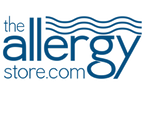
Along with pollens from trees, grasses, and weeds, molds are an important cause of seasonal allergic rhinitis. People allergic to molds may have symptoms from spring to late fall. The mold season often peaks from July to late summer (reversed below the Equator).
Mike has a couple of allergies and one of them is mold and that is one reason we always have the air cleaner running to remove the mold spores that are always present in S. Florida.
After working in mold remediation for field for several years all he needed to do was walk into a building and he could tell you if there was a mold problem. Within a few minutes his eyes would start to puff up and his nose would clog. The good thing is outdoors he does not have a problem.
Unlike pollens, molds may persist after the first killing frost. Some can grow at subfreezing temperatures, but most become dormant. Snow cover lowers the outdoor mold count dramatically but does not kill molds. After the spring thaw, molds thrive on the vegetation that has been killed by the winter cold.
In the warmest areas of the United States, however, molds thrive all year and can cause year-round (perennial) allergic problems. In addition, molds growing indoors can cause perennial allergic rhinitis even in the coldest climates.
What are molds?
There are thousands of types of molds and yeast, the two groups of plants in the fungus family. Yeasts are single cells that divide to form clusters. Molds consist of many cells that grow as branching threads called hyphae. Although both groups can probably cause allergic reactions, only a small number of molds are widely recognized offenders.
The seeds or reproductive particles of fungi are called spores. They differ in size, shape, and color among species. Each spore that germinates can give rise to new mold growth, which in turn can produce millions of spores.
What is a mold allergy?
When inhaled, microscopic fungal spores or, sometimes fragments of fungi may cause allergic rhinitis. Because they are so small, mold spores may evade the protective mechanisms of the nose and upper respiratory tract to reach the lungs.
In a small number of people, symptoms of mold allergy may be brought on or worsened by eating certain foods, such as cheeses, processed with fungi. Occasionally, mushrooms, dried fruits, and foods containing yeast, soy sauce, or vinegar will produce allergic symptoms. This is why it is recommended that individuals that are allergic to the antibiotic penicillin avoid eating bleu cheese.
Where do molds grow?
Molds can be found wherever there is moisture, oxygen, and a source of the few other chemicals they need. In the fall they grow on rotting logs and fallen leaves, especially in moist, shady areas.
In gardens, they can be found in compost piles and on certain grasses and weeds. Some molds attach to grains such as wheat, oats, barley, and corn, making arms, grain bins, and silos likely places to find molds.
Hot spots of mold growth in the home include damp basements and closets, bathrooms (especially shower stalls), places where fresh food is stored, refrigerator drip trays, house plants, air conditioners, humidifiers, garbage pails, mattresses, upholstered furniture, and old foam rubber pillows.
Bakeries, breweries, barns, dairies, and greenhouses. In addition, anytime there is a water leak, it is important that as soon as the source of the leak is repaired, the surrounding areas be inspected and cleaned if necessary for mold growth.
Up Next – Mold Part 2 - What are Mold Spores?
Till next time

